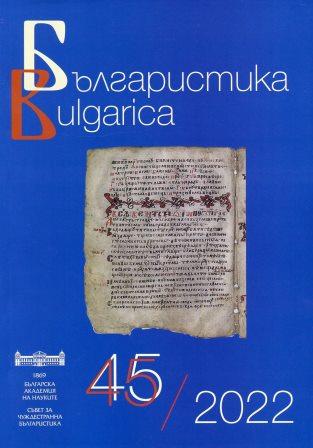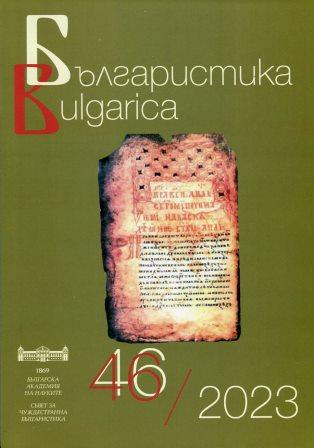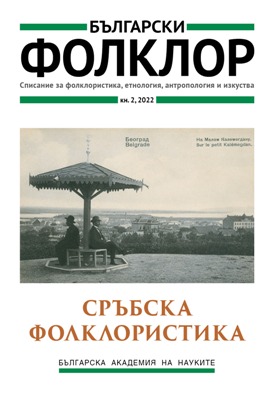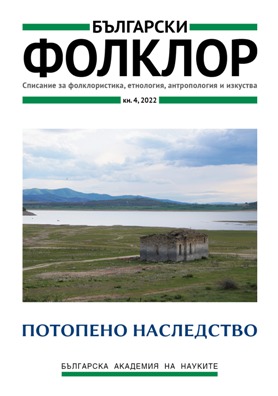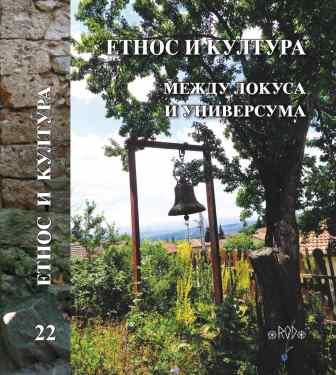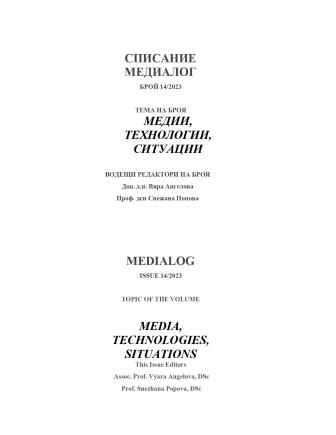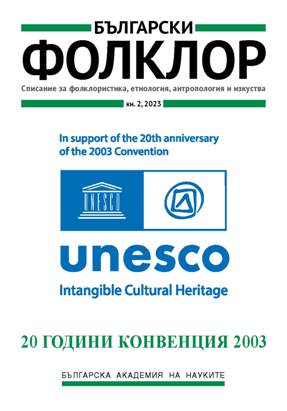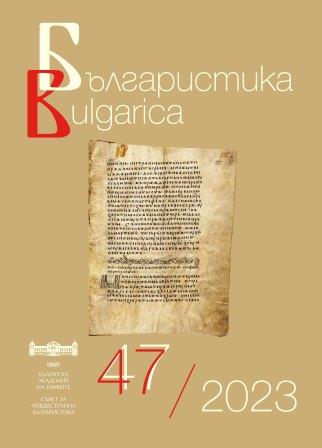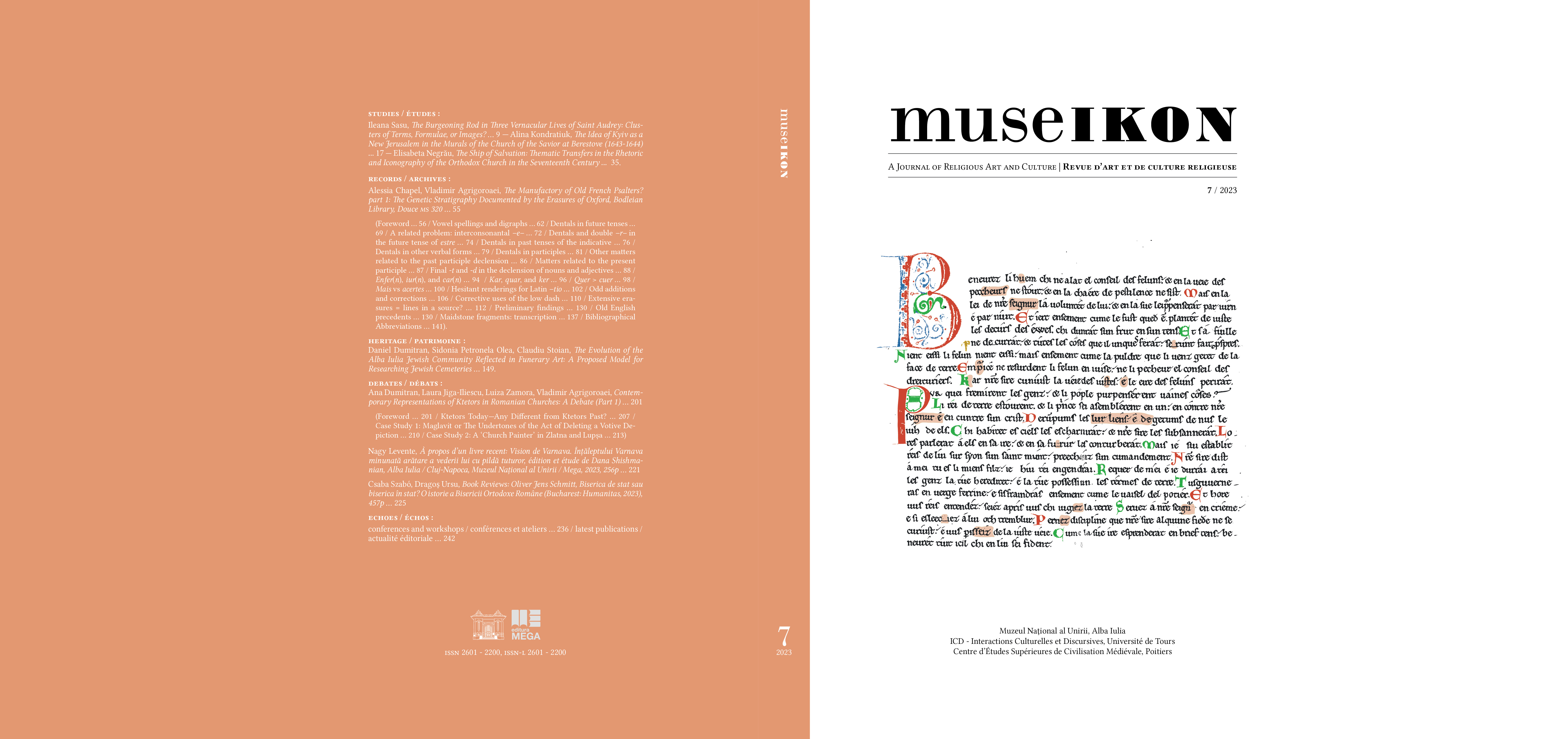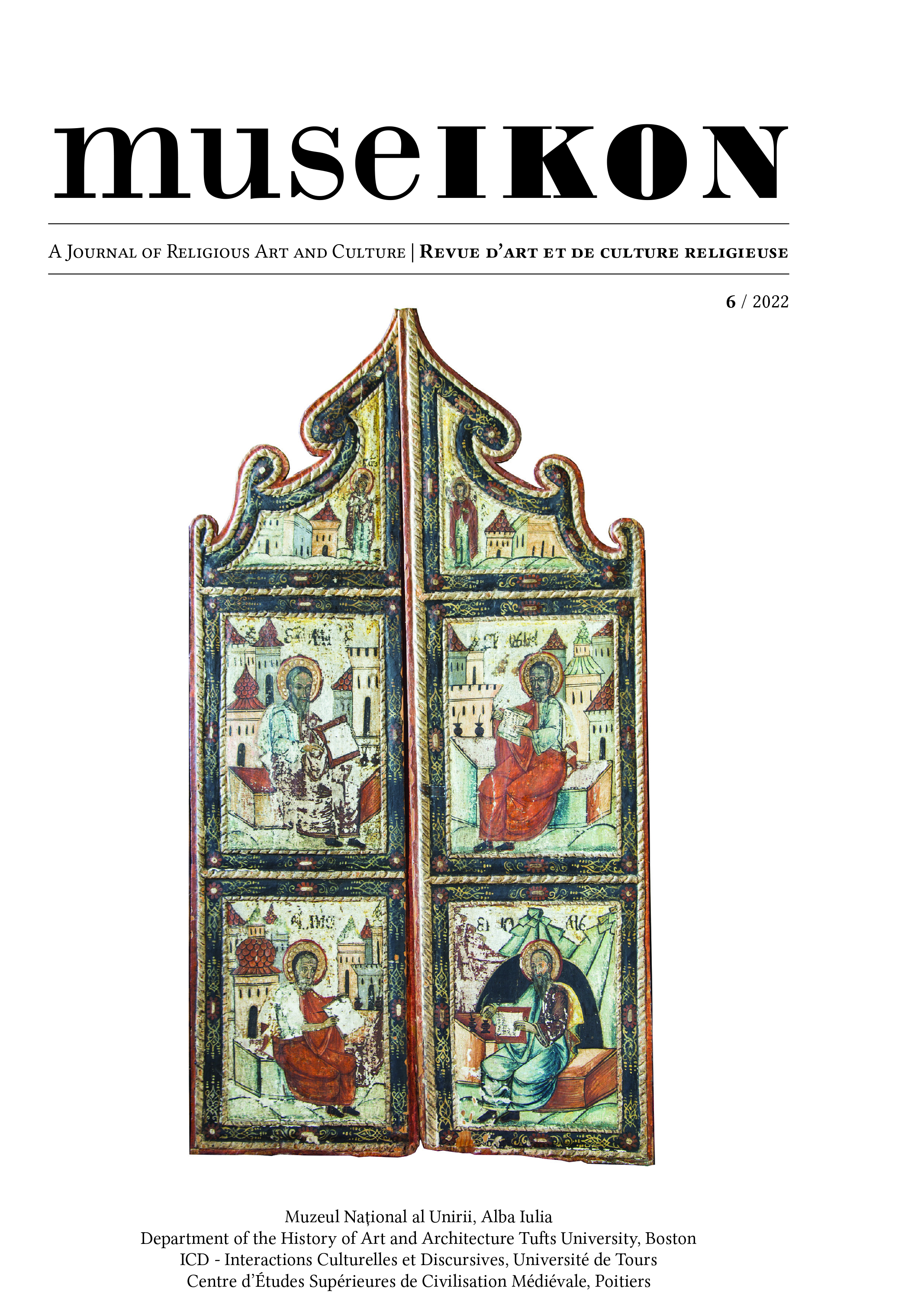
'Saint Paraskevi' Church in Tălmăcel.
Un siècle après la publication des premières recherches sur l’église Sainte-Parascève de Tălmăcel, de nouvelles études permettent de reconstituer l’histoire de la fondation du village transylvain à la fin du xviiie siècle. Elles mettent en évidence la valeur architecturale et le caractère représentatif des composantes artistiques dont l’église du village a été dotée à différents moments historiques; caractéristiques qui ont déterminé le classement de cette église en tant que monument historique. La présente étude se propose de réexaminer les recherches publiées jusqu’à présent et poursuit l’investigation grâce, entre autres, aux apports fournis par la restauration de l’ensemble mural. Les informations inédites identifiées dans les documents, les notes transcrites dans les anciens livres liturgiques des archives paroissiales, permettent d’identifier la signature de l’artiste Ioan de Poplaca, à qui l’on devrait certaines parties de la peinture murale de l’église. Sa contribution, jusqu’ici inconnue, peut être désormais différenciée de celle de l’autre peintre, Panteleimon. La différenciation de leur activité à Tălmăcel permet de mettre en évidence quelques particularités stylistiques propres à chacun de nos deux artistes; caractéristiques qui, par analogie, nous pouvons également identifier dans d’autres de leurs oeuvres. À titre subsidiaire, l’article permet de reconstituer leurs biographies.
More...
